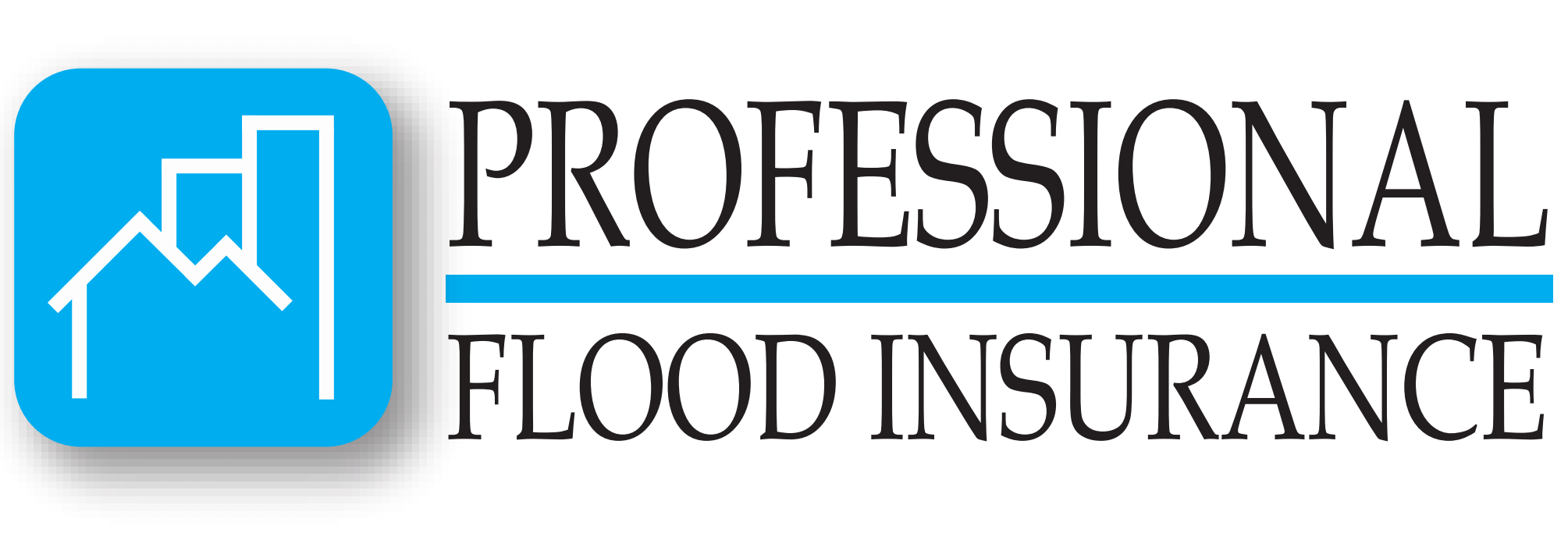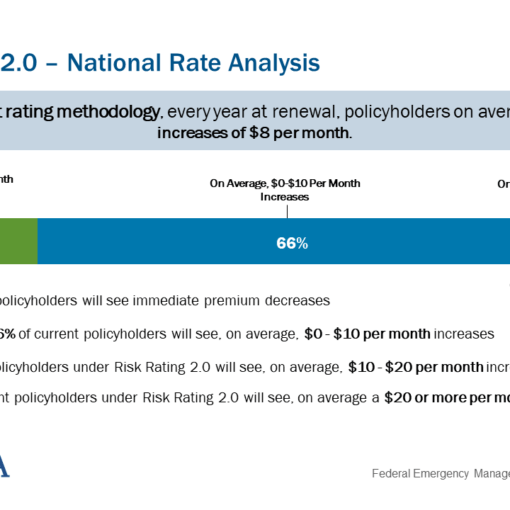Estimated Reading Time: 1 minute ⏱️
Are you curious about flood insurance and what it covers? You’re in the right place! This blog post will demystify the differences between building coverage and contents coverage. These two primary types of flood insurance coverage safeguard different types of property, and understanding these differences can save you a lot of headache in the event of a flood.
Grasping Building Coverage 🏢
Let’s start with building coverage. This type of insurance is designed specifically to protect the physical structure of your home or building. It covers the foundational elements of your building, as well as various systems and fixtures within it.
So, what falls under building coverage? Here’s a handy list:
- ⚡ Electrical and plumbing systems
- 🌡️ Furnaces, water heaters, central air conditioners, heat pumps, and sump pumps
- 🛢️ Fuel tanks, well water tanks, and solar energy equipment
- 🍽️ Built-in appliances, such as dishwashers, refrigerators, and cooking ranges
- 🏠 Permanently installed carpeting
- 🗄️ Permanently affixed cabinets, paneling, and wallboard
- 📚 Bookcases that have been permanently installed
- 🖼️ Window blinds
- 🧱 Foundation walls and staircases2.
Unpacking Contents Coverage 📦
Next, let’s move on to contents coverage. This type of insurance aims to protect your personal belongings that you store inside the building.
Below you’ll find a list of items that typically come under contents coverage:
- 👗 Clothing
- 🛋️ Furniture
- 🖥️ Electronic equipment
- 🧺 Washers and dryers
- 🖼️ Artwork (up to certain limits)
- 🏀 Sporting goods and toys
- 🎨 Carpeting installed over other types of flooring not included in building coverage4
Paying Attention to What Isn’t Covered ⚠️
Even though flood insurance offers substantial protection, it’s important to note that it doesn’t cover everything. Certain items and situations are specifically excluded from coverage.
These exclusions include:
- 🏨 Temporary housing and additional living expenses while the building is being repaired
- 🌳 Property outside of the insured building, such as landscaping, wells, septic systems, decks, patios, fences, seawalls, hot tubs, and swimming pools
- 💼 Financial losses caused by business interruption
- 💰 Currency, precious metals, stock certificates, and other valuable papers
- 🚗 Cars and most self-propelled vehicles, including their parts
- 📦 Personal property kept in basements
The Importance of Understanding Your Coverage
In the event of a flood, it’s important to know what falls under your building or contents coverage. Dealing with the loss of personal items or damage to your home is never easy, but with the right policy, you can get back on your feet in no time.
It’s always a good idea to discuss your specific needs and concerns with an insurance professional or financial advisor to make sure you have the right amount and type of coverage. Remember that the cost of replacing your belongings or repairing your home could be significantly more than the amount of coverage you have, so it’s worth considering whether you might need additional coverage.
I hope this blog post provides a clear understanding of the differences between building and contents flood insurance coverage. Please don’t hesitate to ask if you have

